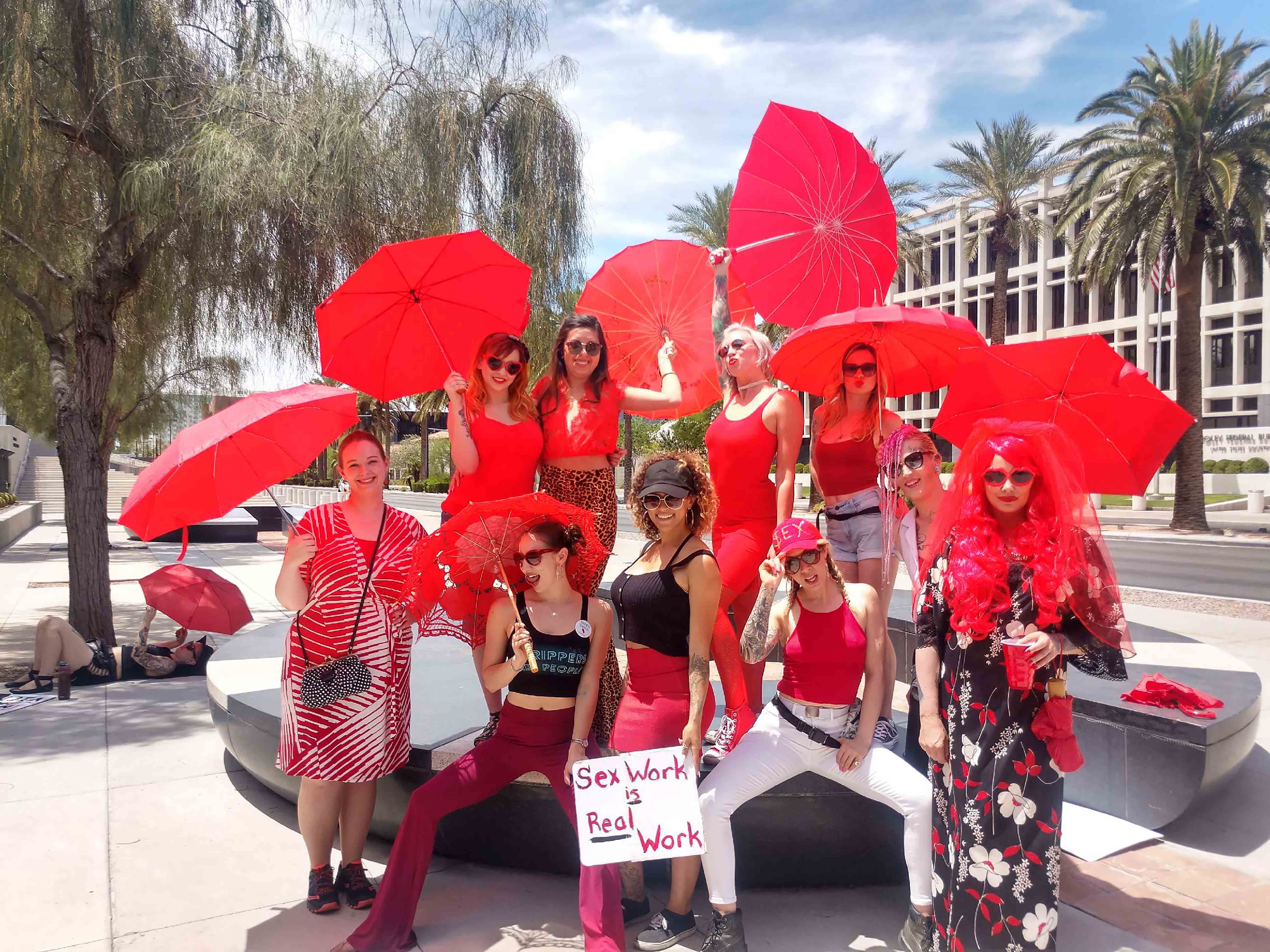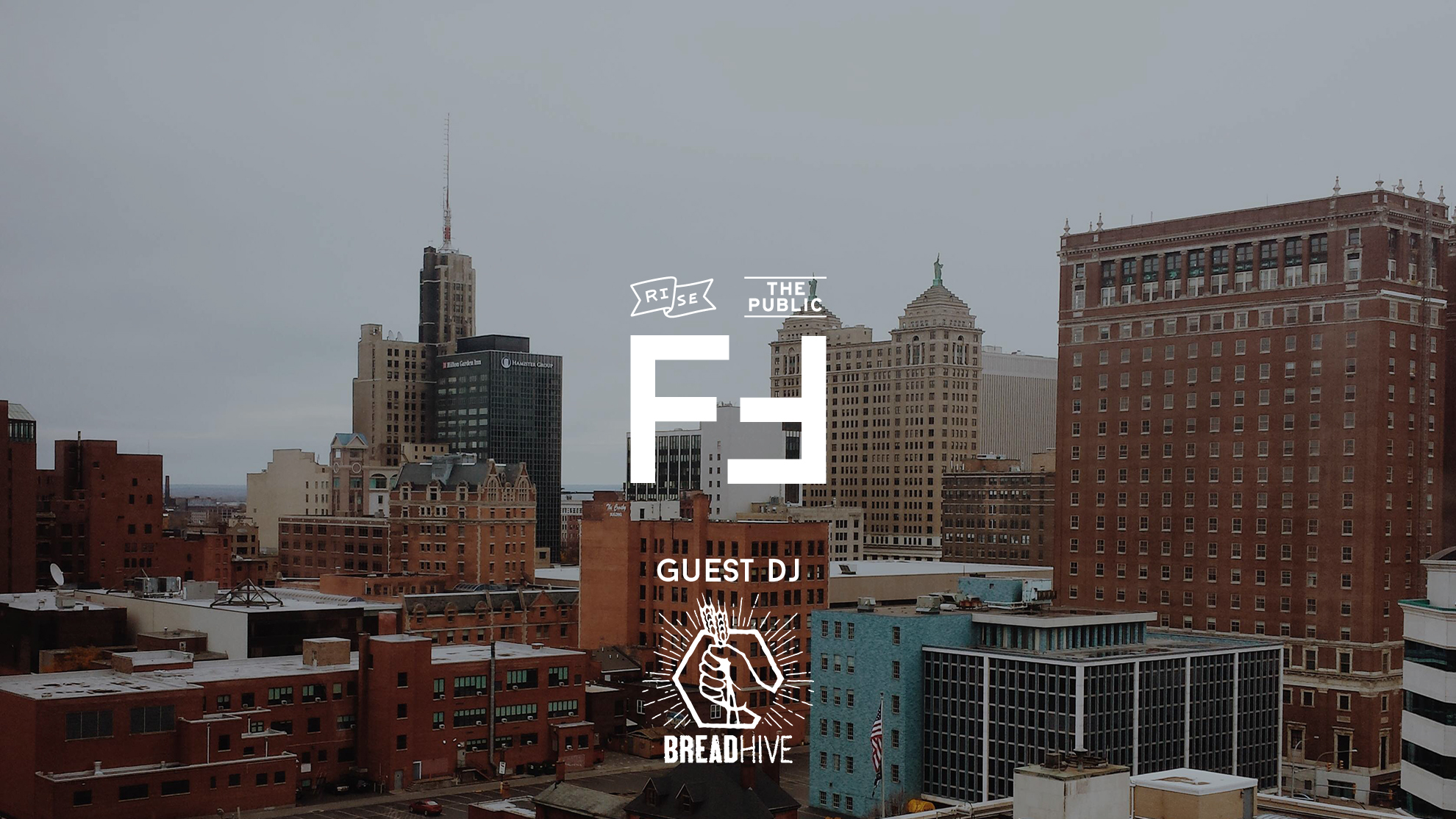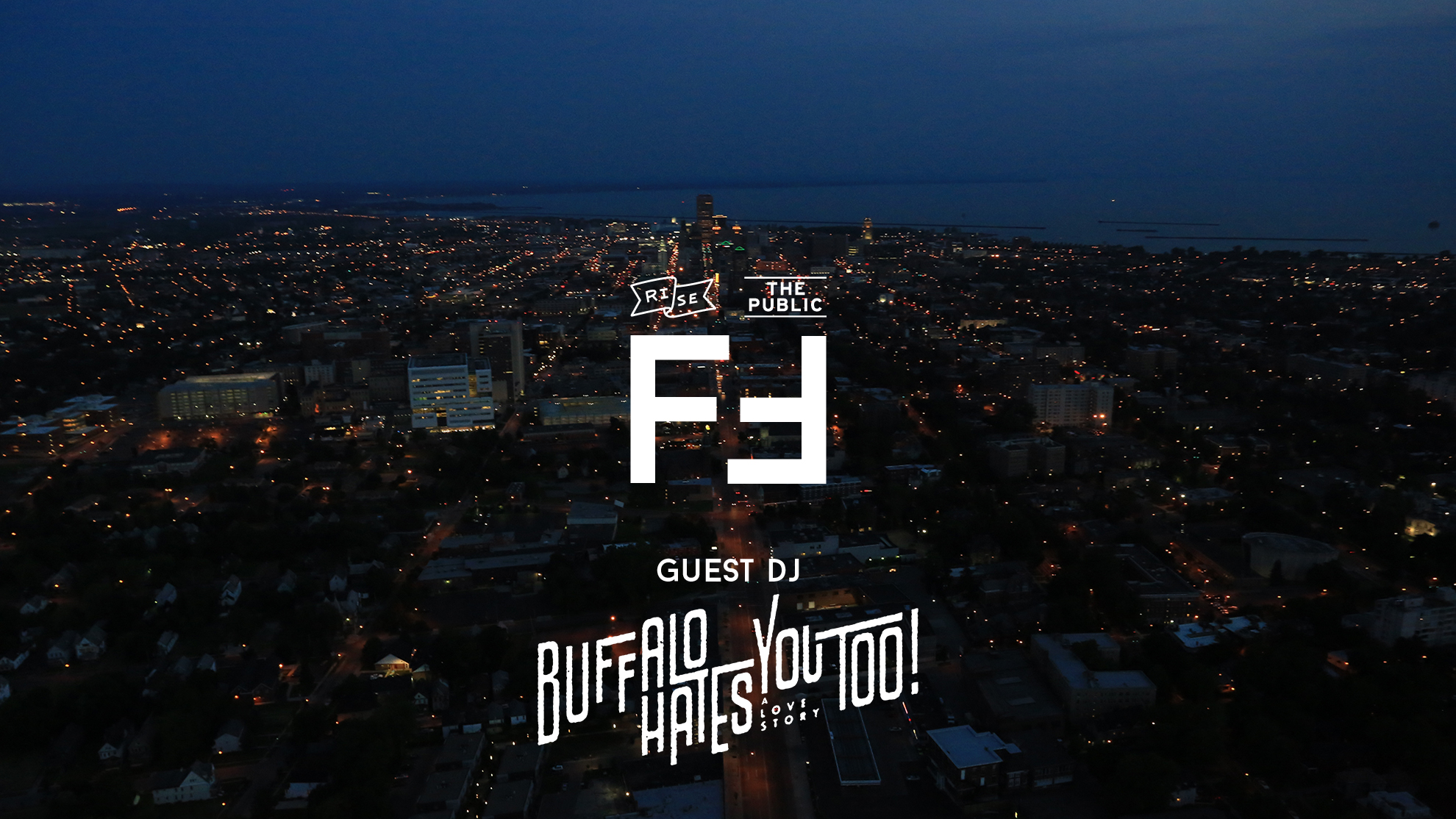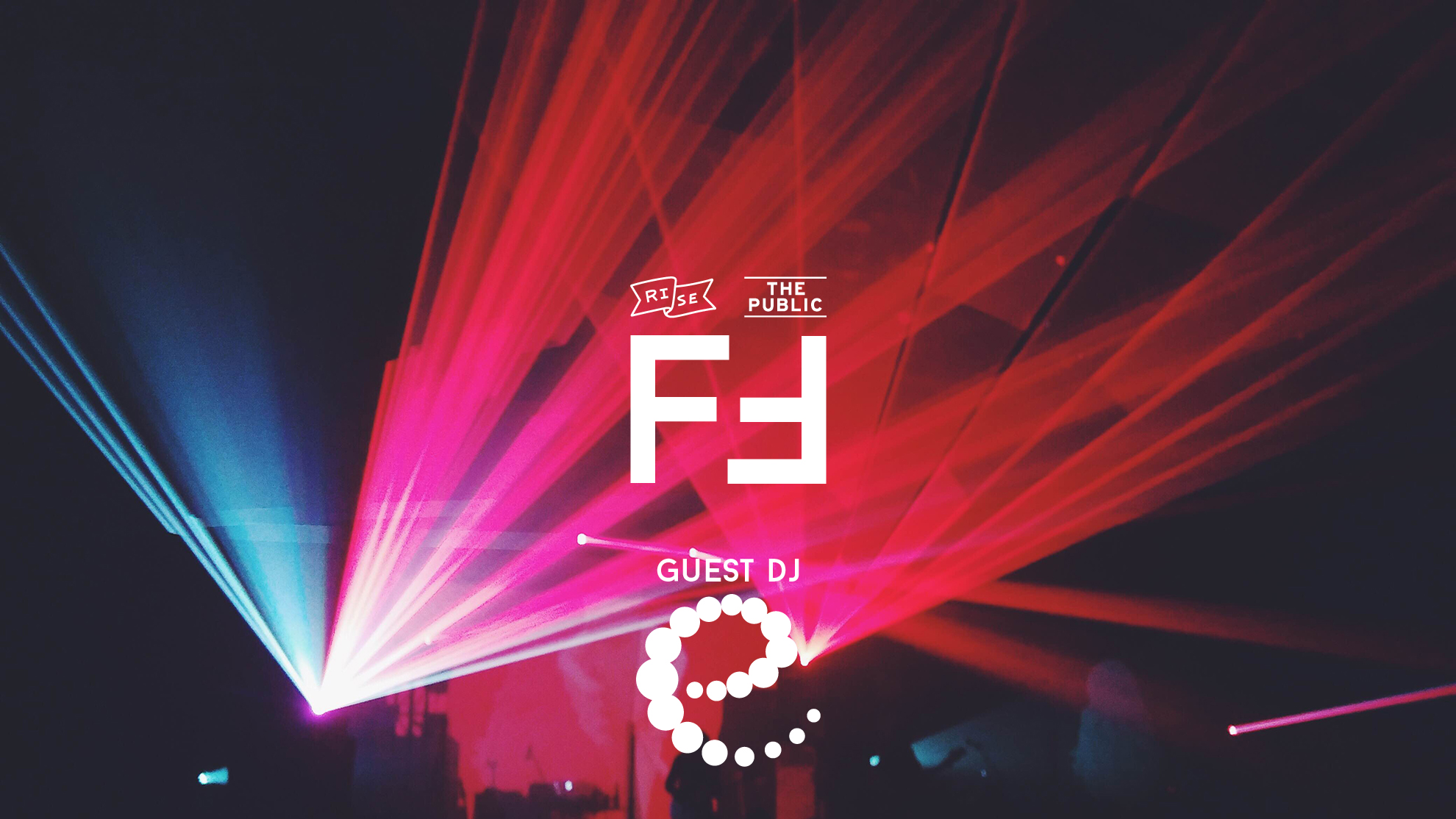Authors: Melinda Smith and Nat Paul
Photography: Jasmine Fernandez
The average, well-meaning person may understand human trafficking through acquired knowledge from movies on Netflix or posters hung in the airport bathroom. Together, these messages paint a picture of what human trafficking is and who it affects. But like most things, this just scrapes the surface and can have huge implications when it comes to who gets support and who just misses the social safety net. One of the largest of these misconceptions assumes that all prostitution is sex trafficking. It is not, and conflating the two is dangerous. This article will show that the decriminalization of sex work would do more to combat human trafficking than the status quo’s policing and public shaming tactics, which are actually harmful.
In 2000, Congress passed the Trafficking Victims Protection Act (TVPA) which criminalized human trafficking. Under the law, human trafficking includes both labor trafficking and sex trafficking of both adults and minors. Specifically, sex trafficking in adults was defined as the recruitment, harboring, transportation, provision, obtaining, patronizing, or solicitation of a person for the purpose of a commercial sex act which is induced by force, fraud, or coercion. The key distinction is that the sex act must be the result of being forced, defrauded, or coerced by a third party for their benefit.
Let’s unpack this a bit. Sex worker rights activists claim that like all workers, sex workers come to the work by choice, circumstance, or through exploitation. While many question whether someone would engage in prostitution by choice, it is easy to imagine someone using it as a last resort to put food on the table, keep a roof over their head, or feed an addiction. These examples alone are not cases of human trafficking because there is no force, fraud or coercion. However, traffickers seize these opportunities to target the most vulnerable.
Prostitution did not create those circumstances – poverty, discrimination, poor approaches to mental health and substance abuse did. Addressing these issues is difficult. Often, precious resources to end trafficking are thrown behind a quick fix instead.
This conflation has directly impacted how human trafficking is addressed in the US. Most anti-trafficking efforts rely heavily on the criminal justice system and really just seek to end prostitution. The architects of this approach are the abolitionists. This group is the most powerful and well-funded subsection of the anti-trafficking movement. Their philosophy is based on the “Swedish Model,” which, at its core, assumes that all sex work is exploitative and the best way to address human trafficking is ending demand for sex all together. The approach relies on strong policing and rehabilitation of buyers through stings, “john schools,” and public shaming campaigns.
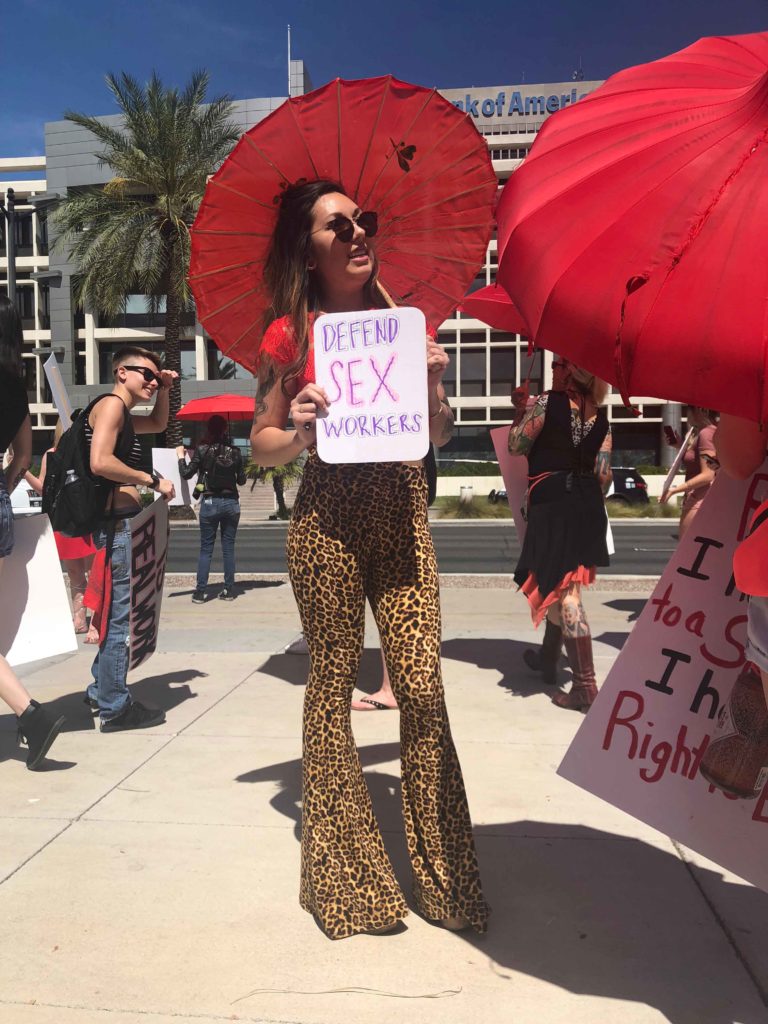
As you may have guessed, this is not how it actually plays out. Instead, the entire transaction is driven underground with some pretty severe implications. There have been reported cases of assault by buyers seeking retribution. Also, sex workers are forced to choose from a smaller client base. In the case of trafficking, a pimp still expects to see profits at the end of the night. This puts workers in terribly risky situations because they have less power to negotiate on things like condom use or may take a client with a history of physical abuse. Policing prostitution does not prevent human trafficking, but instead creates a culture that deters sex workers, some of whom are victims of trafficking, from reporting their abuse.
There are other unintended consequences, too. Many times, sex workers are identified as human trafficking survivors only AFTER they are arrested for prostitution. The best example of this is Operation Cross Country, an annual enforcement effort to fight human trafficking. Led by the FBI, local and federal law enforcement team up to conduct raids in the name of addressing child trafficking. Inevitably, it fuels a media love-fest, with sensationalized headlines like, “FBI Rescues 84 Children in Rash of Nationwide Anti-Sex Trafficking Sting Operations.” You know who makes up the majority of those arrests? Sex workers.
In 2017 the FBI reported they arrested 120 traffickers over the course of three days. But when you dig deeper, the majority of those charges were not for trafficking, but crimes related to prostitution. Cheektowaga police arrested five women, some of whom were only teenagers, for prostitution. Instead of connecting those women to supportive services, law enforcement arrested them, took credit for rescuing them, and left these women traumatized and with a criminal record. If you talk to a trafficking survivor, one of the biggest barriers after escape is that criminal record. It can be detrimental to getting a job, securing housing, and attending school – not to mention the shame and stigma of being labeled a criminal.
So what does work? The most well documented efforts to prevent human trafficking are in sectors like agriculture, domestic work, hospitality, and manufacturing. These proven models focus on strengthening protections and ensuring the rights of workers. Because prostitution is a crime, it is impossible to address the same way. Thankfully, there are other approaches to prostitution that focus on the safety and well-being of workers. Human trafficking is rooted in poverty, discrimination, homophobia, addiction and other societal ills that make people truly vulnerable. In the case of sex trafficking, decriminalization of prostitution would free up the resources to develop solutions to these systemic issues.
Let’s be clear, we are not advocating for legalization of prostitution.
Unlike legalization, decriminalization removes legal penalties for buying, selling, or running a business, without morally condoning prostitution. Crimes like human trafficking, sexual assault, and wage theft are still illegal. However, victims can now report these crimes without fear of arrest.
The closest example of decriminalization is New Zealand after the passage and implementation of the Prostitution Reform Act. The act decriminalized the sex trade in 2003 and rolled out system-wide procedures that expanded basic worker protections, including allowing sex workers to organize.
And it works.
Some of the most well respected human rights organizations support this position. Amnesty International, Human Rights Watch, and the World Health Organization have all released public statements in support of decriminalization, specifically noting the safety and health of those in the industry. So why does decriminalization still feel wrong to some? The answer is based in well constructed messaging in the movies you watch and the posters you read. Next time you see human trafficking come across your Twitter feed, remember, it is today’s public perception that is impacting those in harm’s way.
Melinda Smith is the Director of Partnerships for Freedom Network USA, the largest anti-trafficking coalition in the country.
Nat Paul was recently appointed to the US Human Trafficking Advisory Council. She has dedicated her career to advocating for policies that benefit all survivors.

